Education doesn’t have to be boring, and playtime can be the perfect opportunity for learning. Educational toys are designed to stimulate curiosity, spark creativity, and build essential skills in children. From building blocks to interactive games, these toys combine fun and learning seamlessly. Choosing the right toy can enhance cognitive abilities, improve problem-solving, and foster social skills. Here are 12 educational toys that make learning an enjoyable adventure for children of all ages.
1. LEGO Education Kits
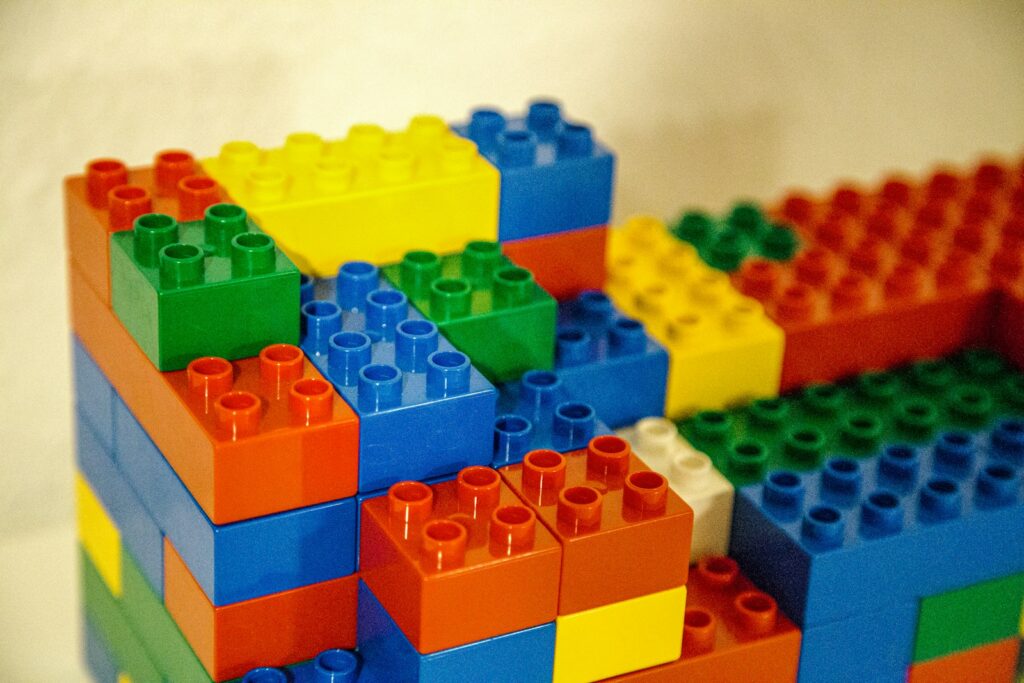
LEGO Education kits have been a staple in classrooms and homes for decades, blending fun construction with critical thinking. These kits, built with high-quality plastic bricks, allow children to explore STEM concepts through hands-on projects. Kids can build machines, vehicles, and even robots, learning engineering principles while solving real-world problems. The kits encourage teamwork, creativity, and spatial reasoning, making them a versatile choice for developing problem-solving skills while keeping children engaged for hours of constructive play.
2. Osmo Genius Starter Kit
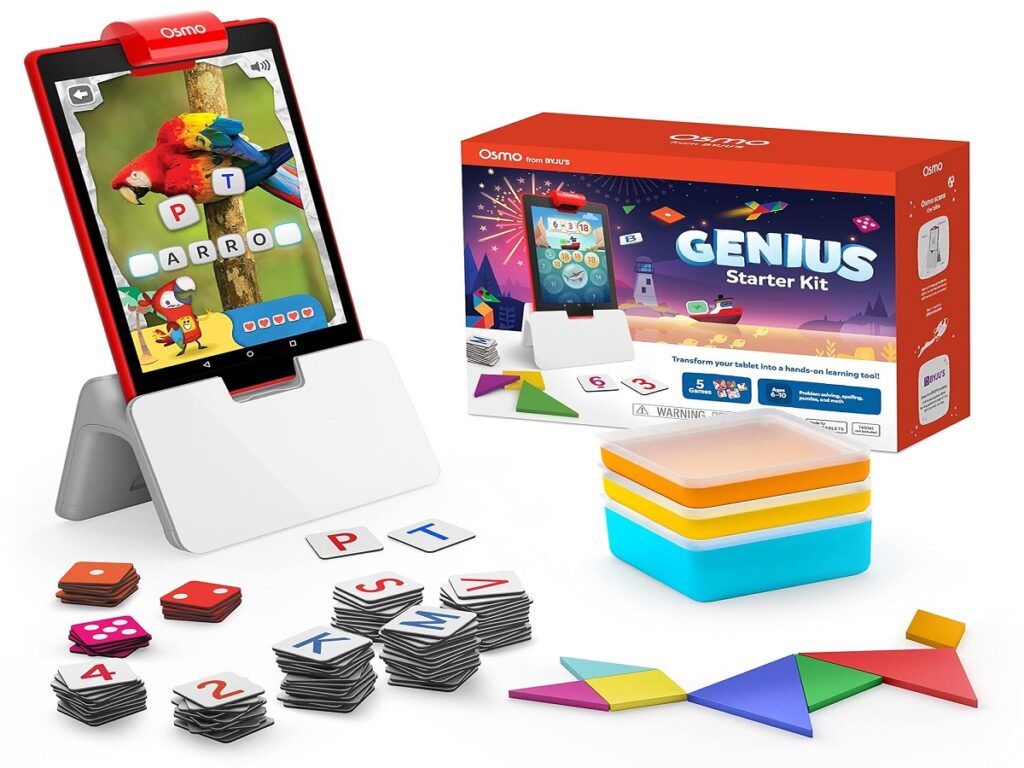
The Osmo Genius Starter Kit, launched in 2014, merges digital learning with tangible play. Using an iPad and physical game pieces, children can explore math, spelling, and problem-solving activities interactively. The system adapts to the child’s skill level, making challenges achievable but stimulating. It encourages independent learning while boosting critical thinking and creativity. Parents and teachers appreciate its educational value, as it combines tactile engagement with screen-based technology responsibly, making it a modern favorite for interactive learning experiences.
3. VTech Kidizoom Camera
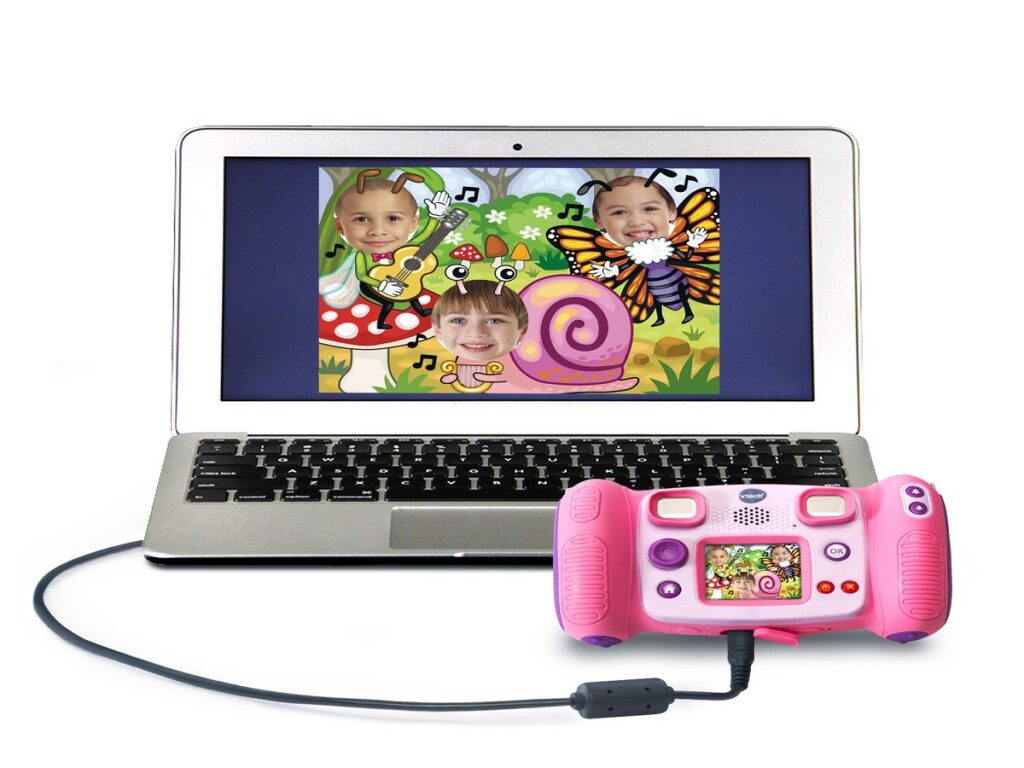
Released in 2004, the VTech Kidizoom Camera turns photography into an educational activity for young kids. Beyond snapping fun pictures, children learn basic concepts of composition, observation, and creativity. The camera comes with built-in games that develop problem-solving skills and memory, while encouraging storytelling through images. Lightweight and durable, it is designed to withstand active play. By engaging children in creative documentation of their environment it nurtures a sense of exploration, expression, and technical skill, bridging creativity and practical learning effectively.
4. LeapFrog LeapStart Interactive Learning System
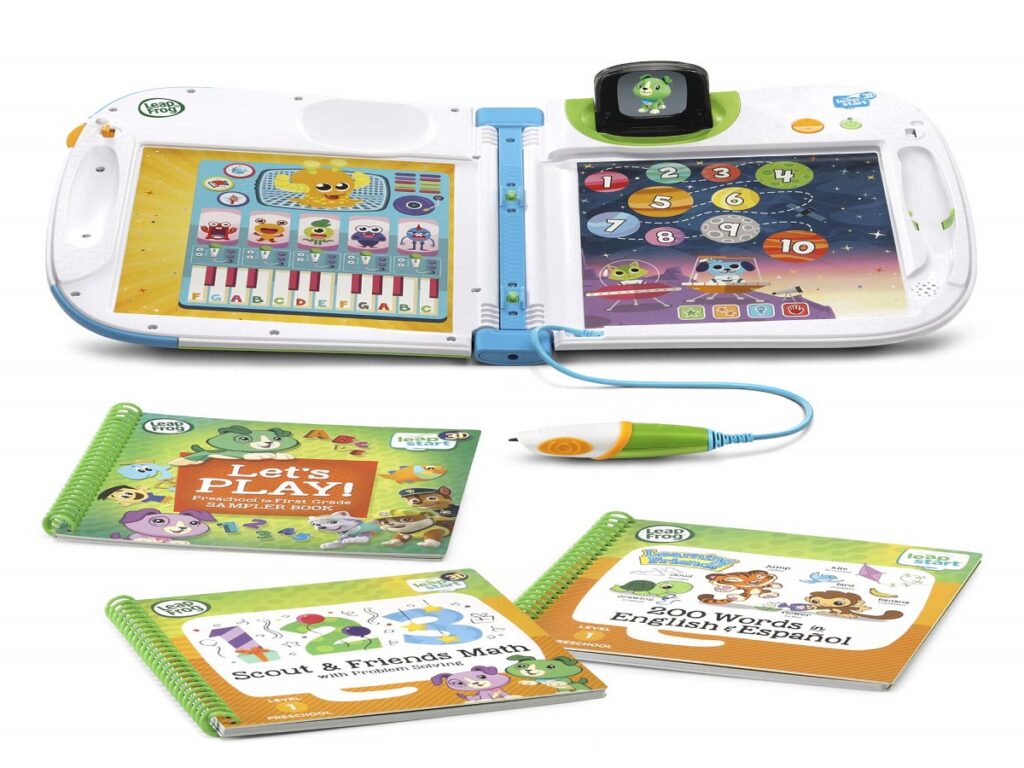
LeapFrog’s LeapStart system, first introduced in 2009, offers interactive books that teach reading, math, problem-solving, and social skills. By touching the stylus to various areas of the book, children receive immediate feedback, combining auditory, visual, and kinesthetic learning styles. The system adapts to the child’s abilities, ensuring both challenge and success. Its themed activity books cover topics like science, manners, and numbers, creating a comprehensive learning tool. Parents value it for combining structured learning with playful engagement that holds children’s attention.
5. Magna-Tiles
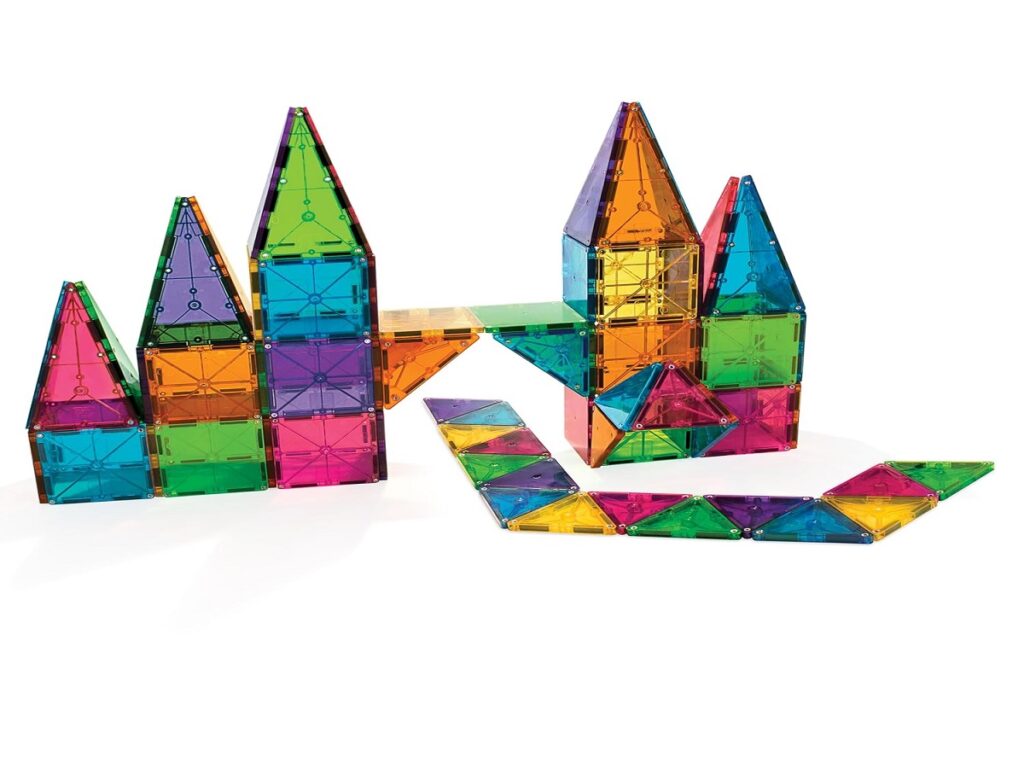
Magna-Tiles, developed in 1997, are magnetic building tiles that allow children to construct geometric shapes and structures. This toy develops spatial awareness, geometry skills, and creativity through hands-on manipulation. The strong magnets make building intuitive and safe for young children. While playing, kids learn principles of symmetry, balance, and problem-solving without realizing they are engaging in an educational activity. The vibrant, translucent tiles also encourage exploration of color, pattern, and light, making Magna-Tiles a visually stimulating, intellectually enriching toy for learners of multiple ages.
6. Fisher-Price Think & Learn Smart Cycle
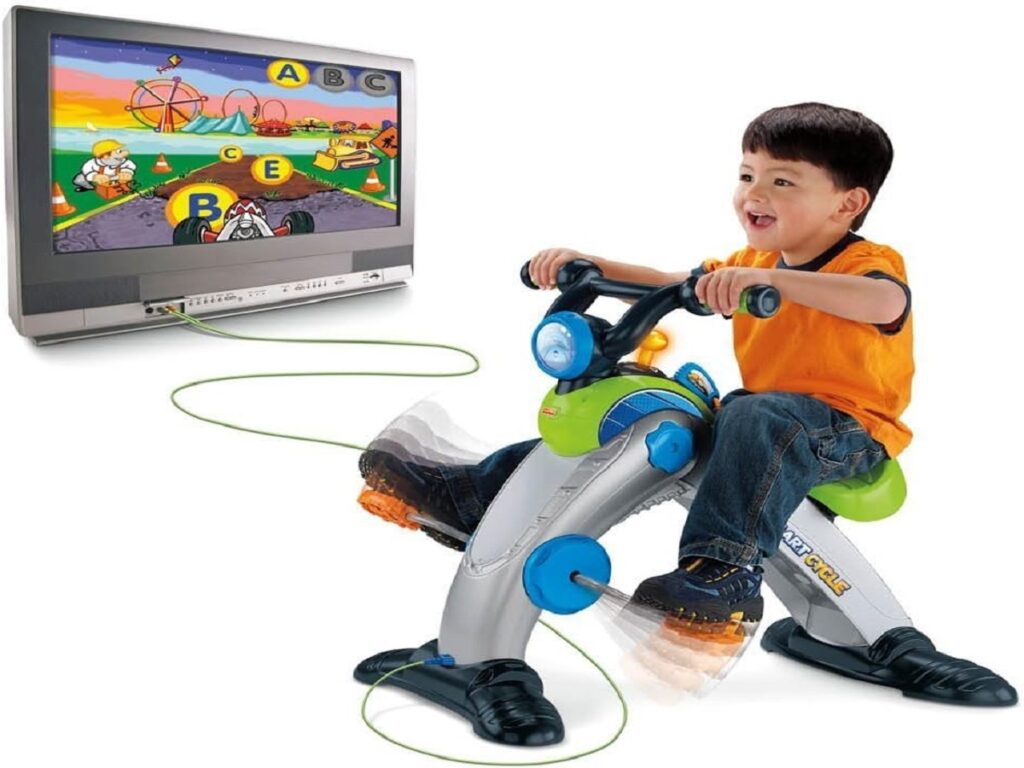
The Think & Learn Smart Cycle, launched in 2011, transforms physical activity into educational learning. Children pedal on the stationary bike while navigating on-screen games that teach math, reading, and logic skills. The interactive system links movement with cognitive development, enhancing focus, coordination, and problem-solving abilities. It’s especially appealing for energetic kids who benefit from kinesthetic learning. By combining exercise with structured educational content, this toy encourages healthy habits and active learning simultaneously, making it an innovative tool that engages both mind and body.
7. Snap Circuits Electronics Kit
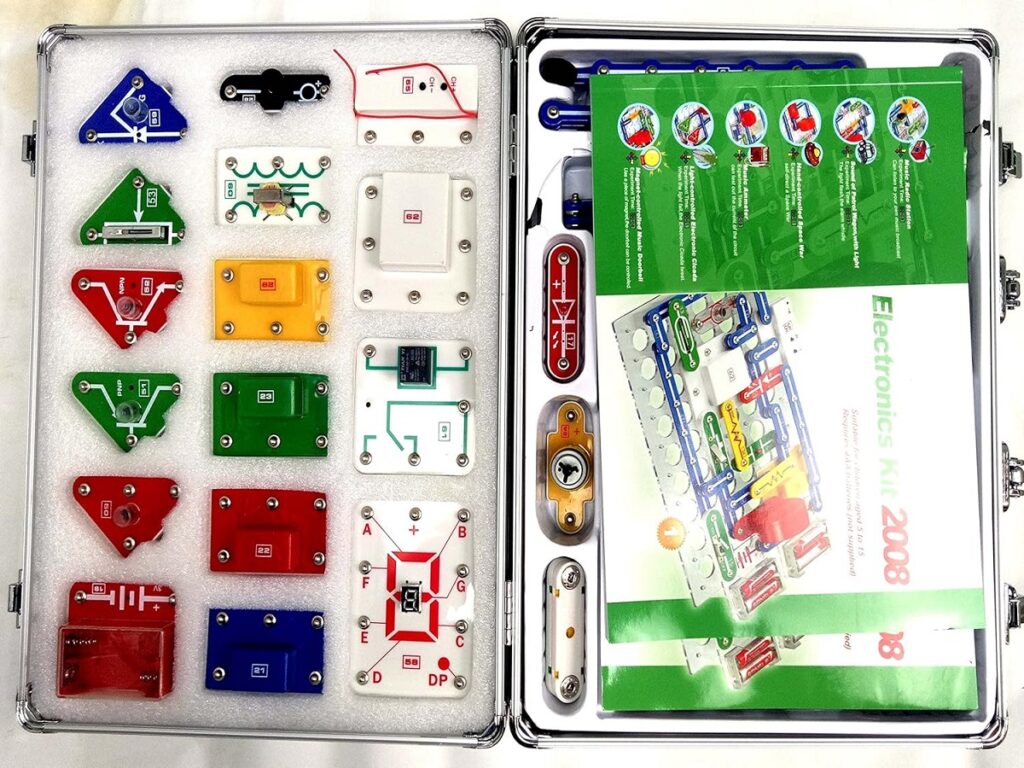
Snap Circuits kits, introduced in 1993, allow children to explore the principles of electronics safely. Kids can assemble projects such as alarms, radios, and lights by snapping components onto a grid. Each project teaches basic circuitry, conductivity, and engineering logic while reinforcing cause-and-effect thinking. The kits come with easy-to-follow instructions and can be expanded for more advanced projects. This hands-on experience fosters curiosity about technology and encourages experimentation, problem-solving, and STEM learning, offering an exciting way to make abstract concepts tangible and memorable.
8. Melissa & Doug Wooden Puzzles
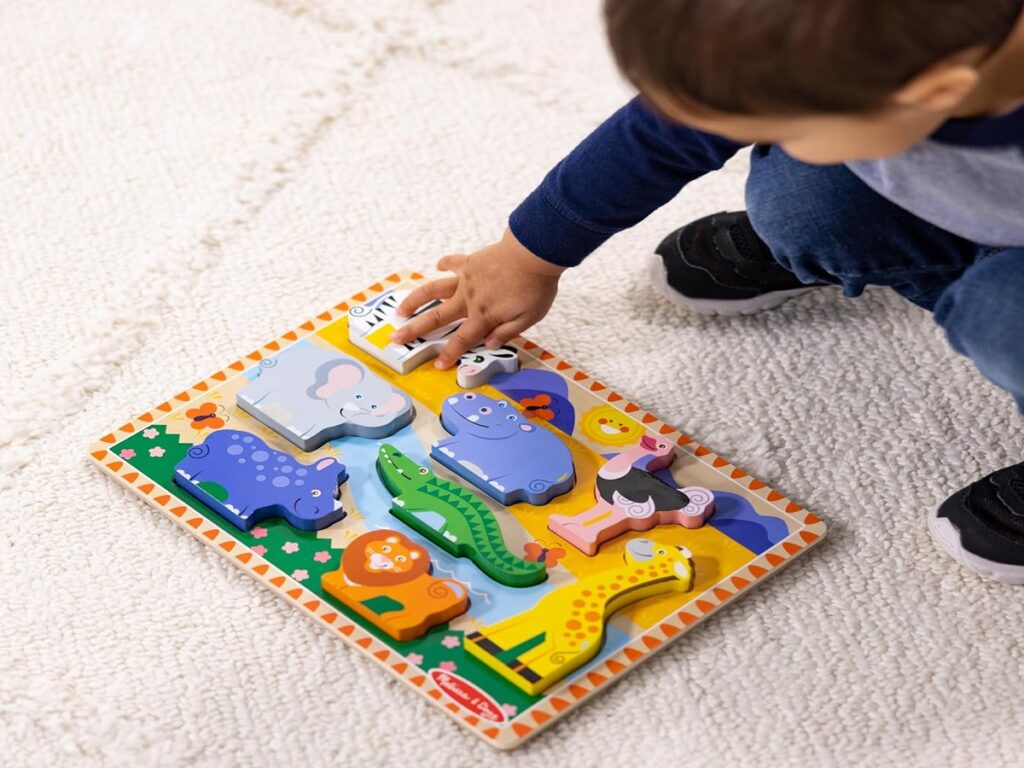
Melissa & Doug’s wooden puzzles have been a trusted learning tool since 1988. Designed for children of all ages, these puzzles develop hand-eye coordination, fine motor skills, and problem-solving abilities. They feature engaging designs, from animals to maps, allowing children to explore spatial relationships and memory skills. High-quality wood ensures durability, while smooth edges provide safety. By solving puzzles, kids gain patience, focus, and cognitive skills in a playful context. The tactile experience of handling pieces adds an essential sensory component to the learning process.
9. Cubetto Coding Toy
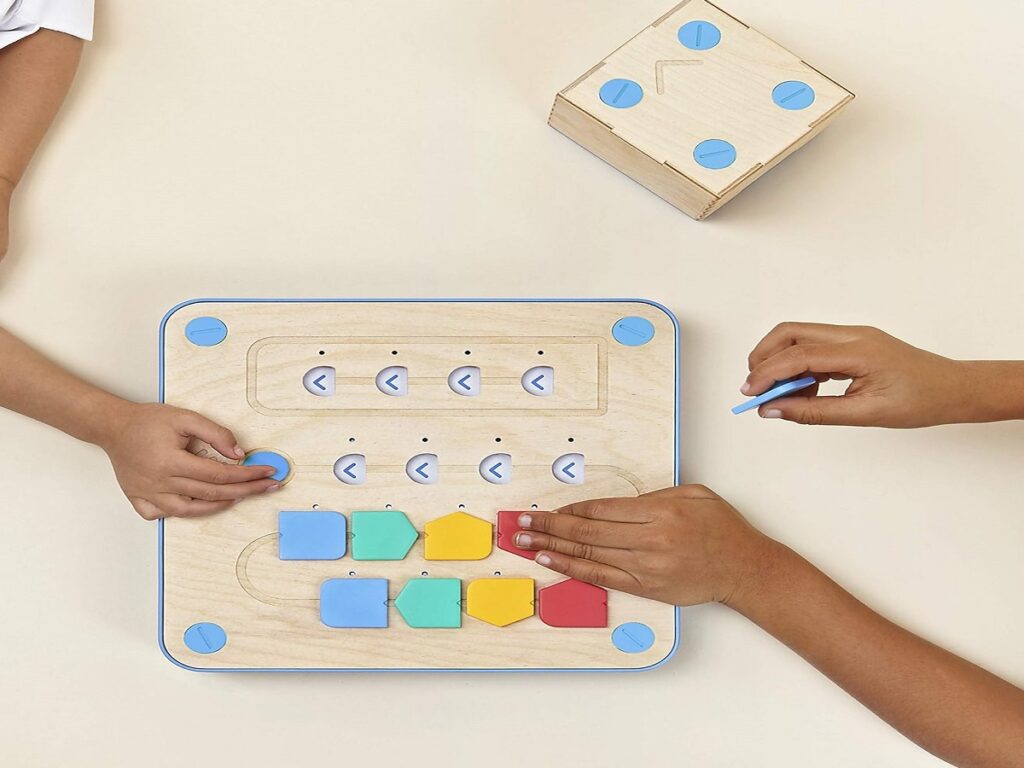
Cubetto, launched in 2015, introduces coding concepts to children aged three and up through a hands-on wooden robot. Kids place colored blocks on a control board to guide Cubetto along paths, learning programming logic, sequencing, and problem-solving without screens. The toy promotes creativity, critical thinking, and collaboration, offering an early foundation in computational thinking. Its tactile approach makes abstract coding concepts tangible, helping children understand cause-and-effect relationships while developing persistence. Parents and educators praise Cubetto for fostering STEM learning in an approachable, engaging manner.
10. Sphero BOLT Robot
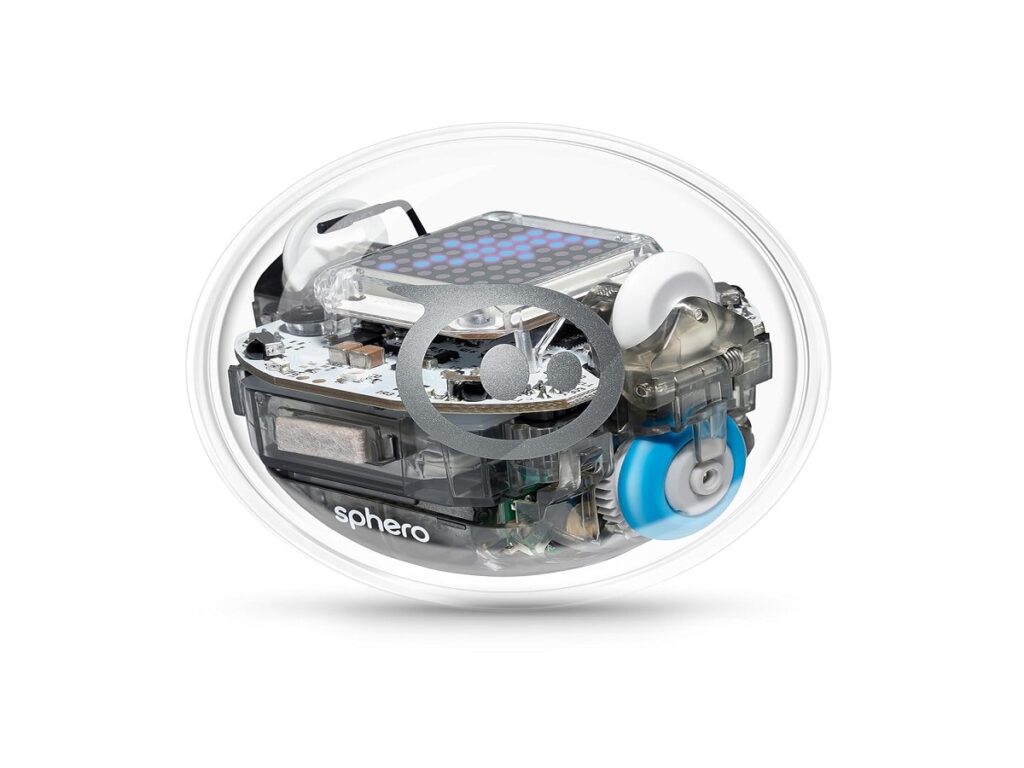
The Sphero BOLT, released in 2017, is a programmable robot designed for interactive learning in coding, math, and science. Children can use drag-and-drop coding apps to make the robot navigate mazes, solve puzzles, and respond to sensors. This encourages computational thinking, creativity, and problem-solving. Its durable, waterproof design ensures safe play, while its LED display offers visual feedback on commands. By combining robotics with hands-on experimentation, Sphero BOLT turns abstract STEM concepts into engaging, interactive experiences that inspire curiosity and confidence in young learners.
11. SmartLab Toys Smart Circuits
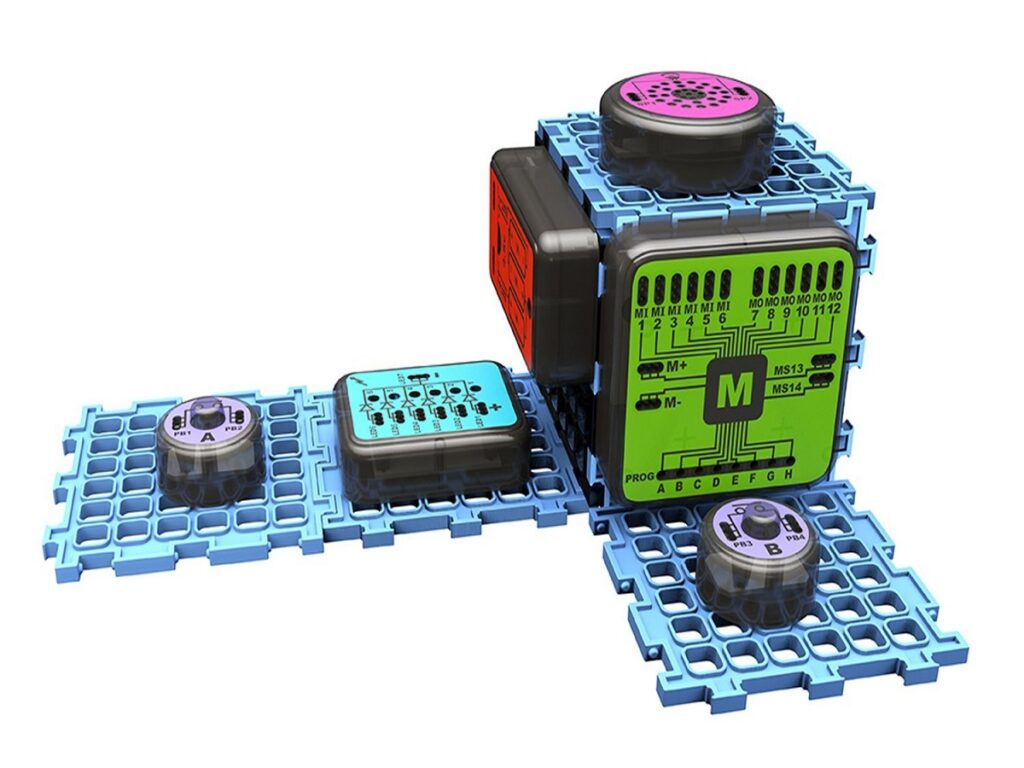
SmartLab’s Smart Circuits kit, introduced in 2010, empowers children to explore electricity, circuitry, and STEM principles through safe hands-on experiments. With snap-together components, kids can build alarms, sound systems, and lights while learning how circuits work. The kit encourages experimentation and troubleshooting, enhancing critical thinking and engineering skills. Its colorful, user-friendly design makes abstract electrical concepts accessible and fun. Children develop persistence, creativity, and analytical skills while building projects, making Smart Circuits a dynamic educational toy that blends learning with interactive play.
12. BrainQuest Workbooks and Games
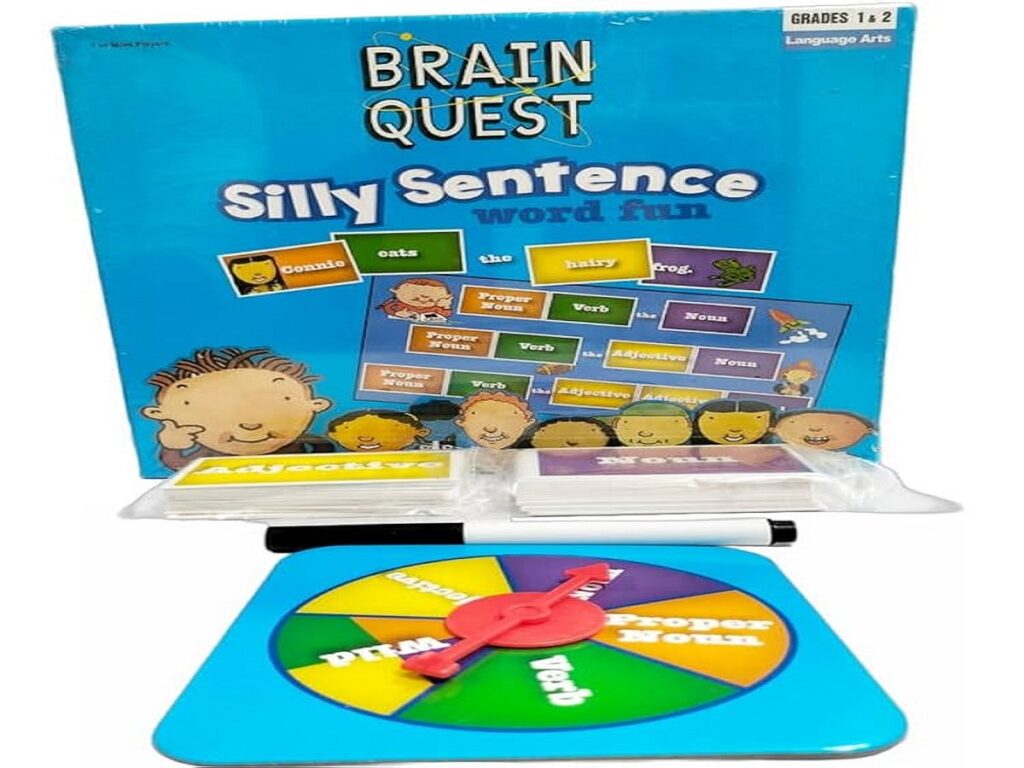
BrainQuest, launched in the 1980s, offers a series of workbooks and card games that cover reading, math, science, and logic. Each set is designed for specific age groups, providing progressive challenges that reinforce classroom learning. The interactive format allows children to test their knowledge while having fun, building confidence in problem-solving. Parents appreciate the educational rigor combined with playful engagement, while children enjoy instant feedback and rewards. BrainQuest supports critical thinking, memory, and cognitive development, making it a reliable choice for supplementing learning at home or on the go.
Comments